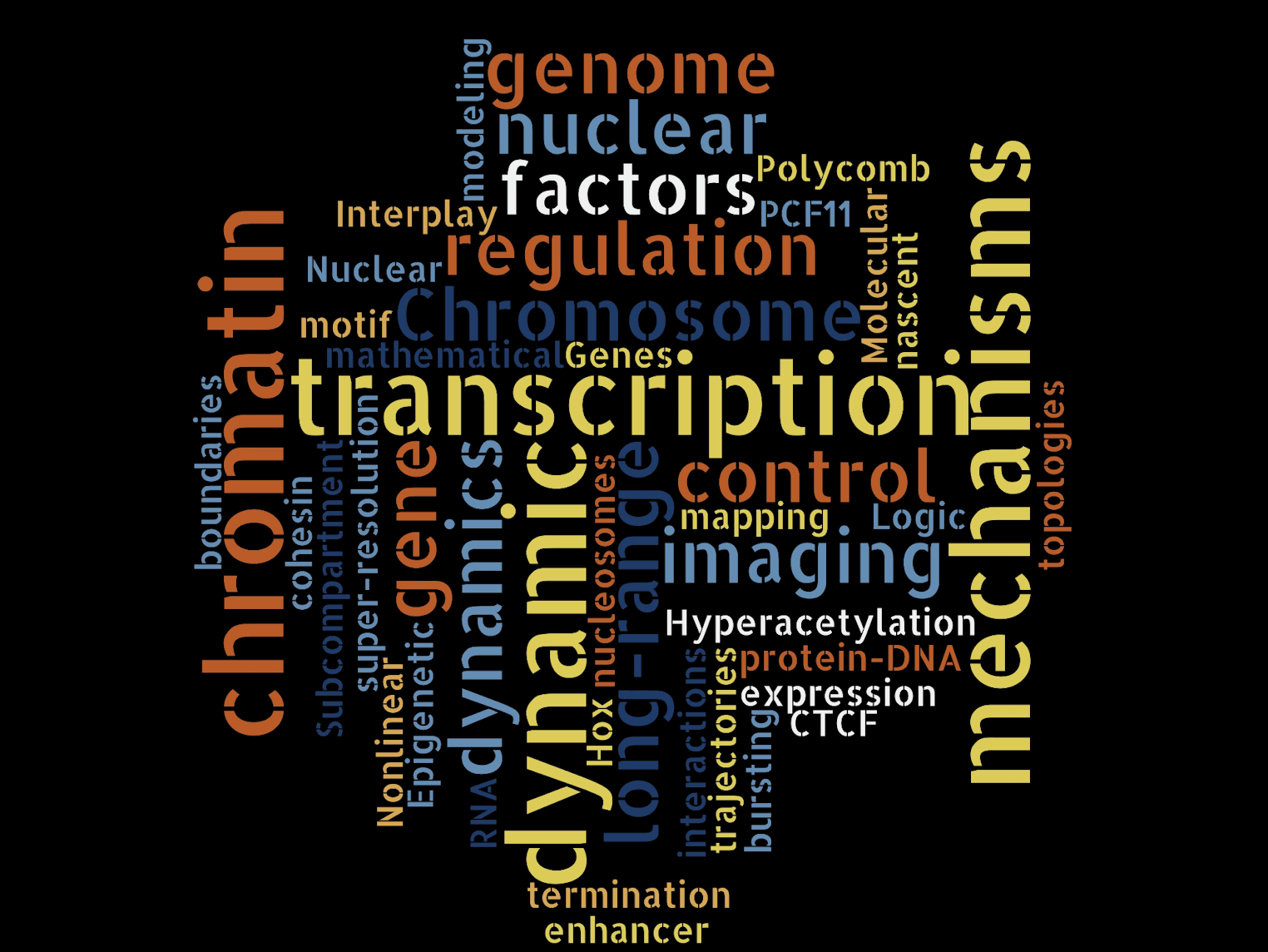

WT Defensive Strategies: Strategies that minimize weaknesses and avoid threats.Įvaluate the options you’ve generated, and identify the ones that give the greatest benefit, and that best achieve the mission and vision of your organization. WO Conversion Strategies: Strategies that minimize weaknesses by taking advantage of opportunities. ST Protective Strategies: Strategies that use strengths to minimize threats. SO Advantage Strategies: Strategies that use strengths to maximize opportunities. To do this, match external opportunities and threats with your internal strengths and weaknesses, as illustrated in the matrix below: TOWS Strategic Alternatives Matrix If your team wants to take the next step in the SWOT analysis, apply the TOWS Strategic Alternatives Matrix to help you think about the options that you could pursue. It helps you ask, and answer, the following questions of how do you: The SWOT analysis helps you get a better understanding of the strategic alternatives and choices that you face. *To access the worksheets under “Tools & Techniques” please refer to our Strategic Planning Kit for Dummies. Select which measures will be your key performance indicators Set short-term SMART organizational goals and measures Solidify your competitive advantages based on your key strengthsįormulate organization-wide strategies that explain your base for competingĭevelop your strategic framework and define long-term strategic objectives/priorities


What is our base for competing and delivering value?.These would be analogous to detailed annual plans for getting things done this year on the way to the 3-year objective. Short-Term Goals and Actions: Specific moves for climbing the sections of rock and ice that confront you right now.If you have a 5-year vision, these would be 3- to 4-year intermediate objectives on the way up the mountain. Long-Term Strategic Objectives/Priorities: Intermediate objectives to the top of the mountain.Strategies: The route you intend to take and the general methods you intend to use to reach the top of that specific mountain.It is deliberately choosing to perform activities differently or to perform different activities than competitors to deliver value to your customers.Įliminate any confusion around semantics by using these definitions: Your competitive advantages are the essence of your strategic plan because strategy is about being different. Spend some time uncovering your competitive advantages based on an understanding of your strategic position. A mark of a good strategic plan is one that is clear and focused (not too many goals and objectives), as well as balanced – telling a strategy story about how your whole organization is linked and aligned to drive key performance indicators. As you develop your strategy and set your goals, make strategic choices about what to do and not to do. Remember that being strategic is about making those hard choices. Use your SWOT to stay grounded and realistic as you build a roadmap from where you are today to where you want to be. Now, you will focus on how you will get there. Previously, you addressed where you are and where you are going.


 0 kommentar(er)
0 kommentar(er)
